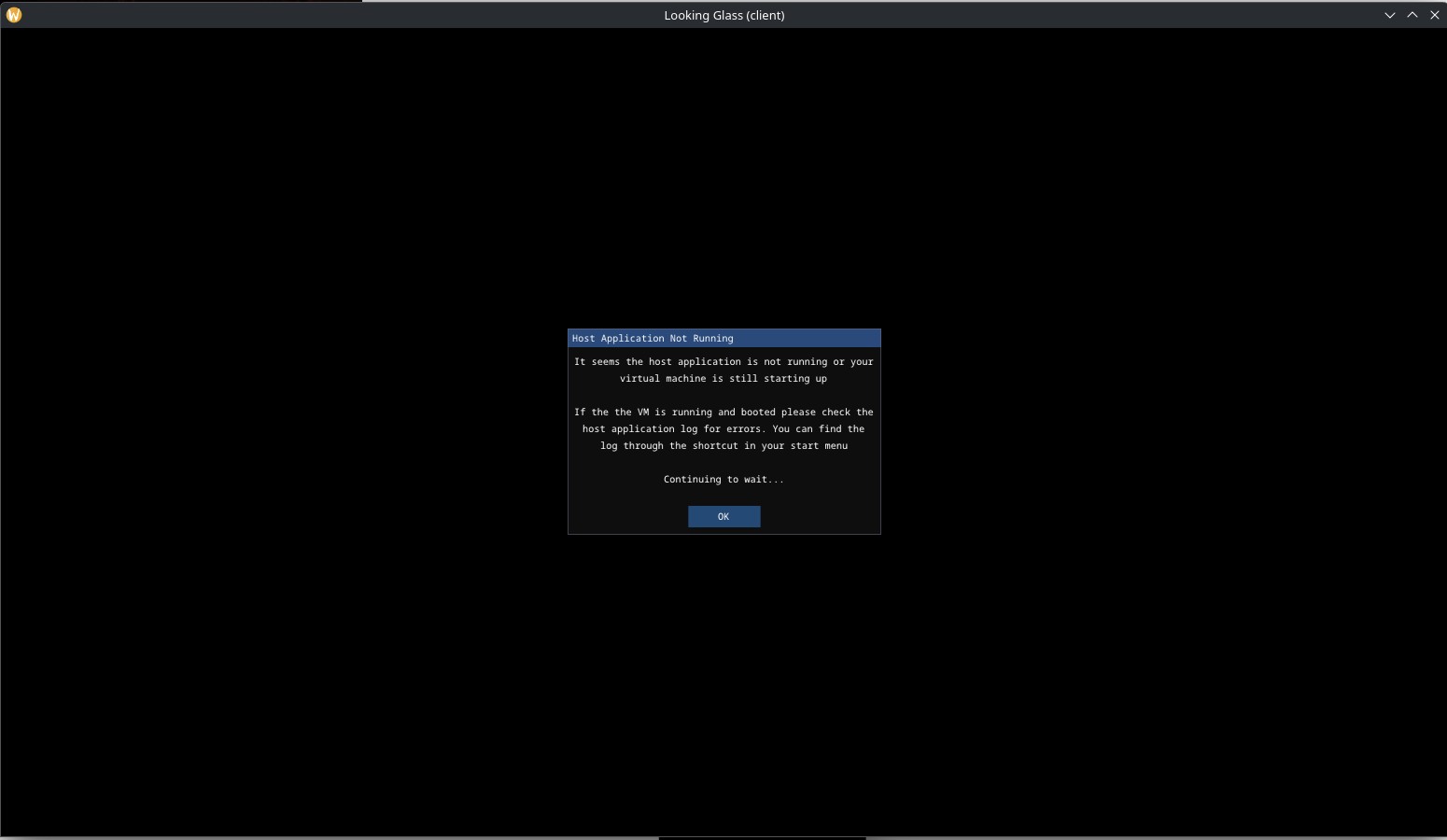Building Looking Glass
Hey, as per our conversation, @HikariKnight , I'm creating a help topic regarding passthrough and using looking glass and tagging you so when you get time, you can help me out (hopefully). I believe I have pretty much everything set up as far as virtual machine, IOMMU, passthrough, drivers installed for second GPU and second GPU running on Virtual Machine (Windows 10), but I'm stuck at the Looking Glass part of it. I'm in the middle of building it, and every single time I try to build it, I get this error:
CMake Error: The current CMakeCache.txt directory /home/alienone/client/CMakeCache.txt is different than the directory /var/home/alienone/Downloads/looking-glass-B7-64-f15d72cd/client/build where CMakeCache.txt was created. This may result in binaries being created in the wrong place. If you are not sure, reedit the CMakeCache.txt
What can I do to fix it, and how can I properly build it for use?
Thanks for your time.
CMake Error: The current CMakeCache.txt directory /home/alienone/client/CMakeCache.txt is different than the directory /var/home/alienone/Downloads/looking-glass-B7-64-f15d72cd/client/build where CMakeCache.txt was created. This may result in binaries being created in the wrong place. If you are not sure, reedit the CMakeCache.txt
What can I do to fix it, and how can I properly build it for use?
Thanks for your time.

